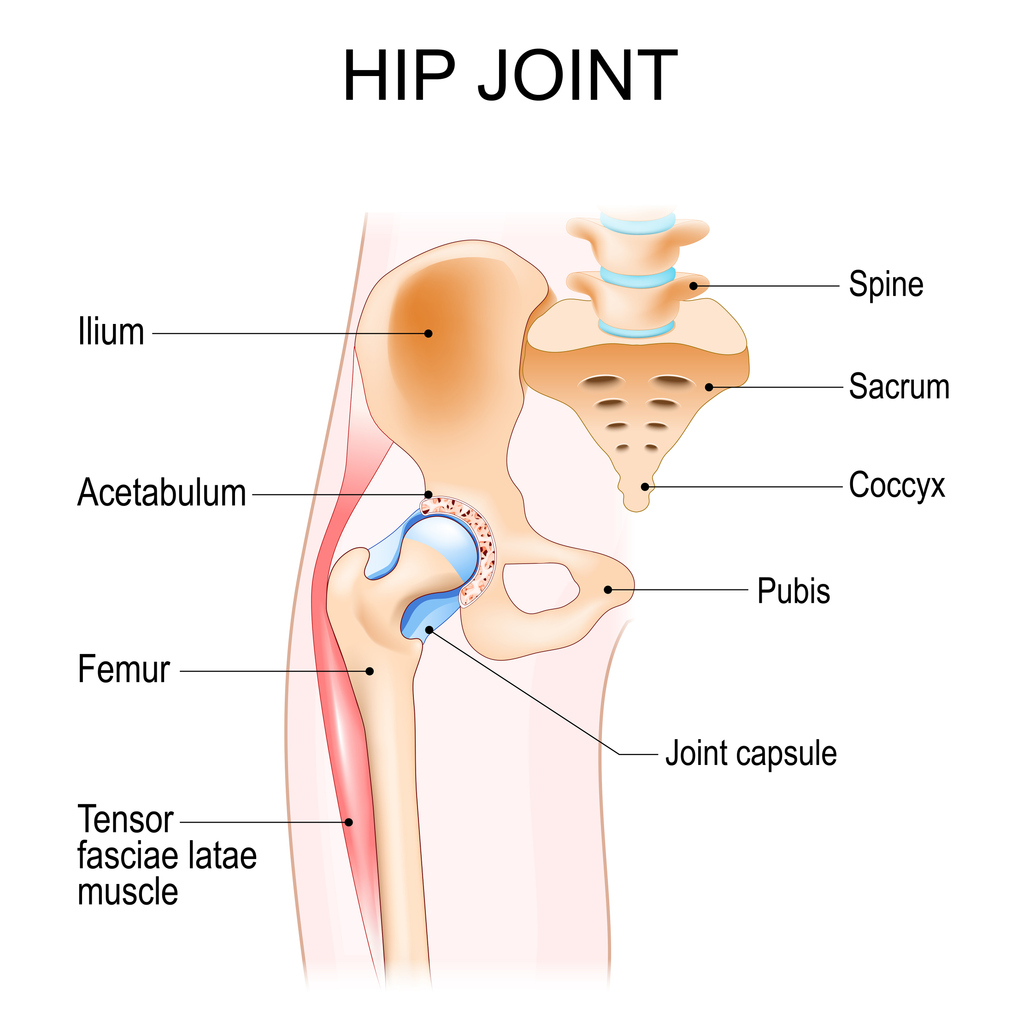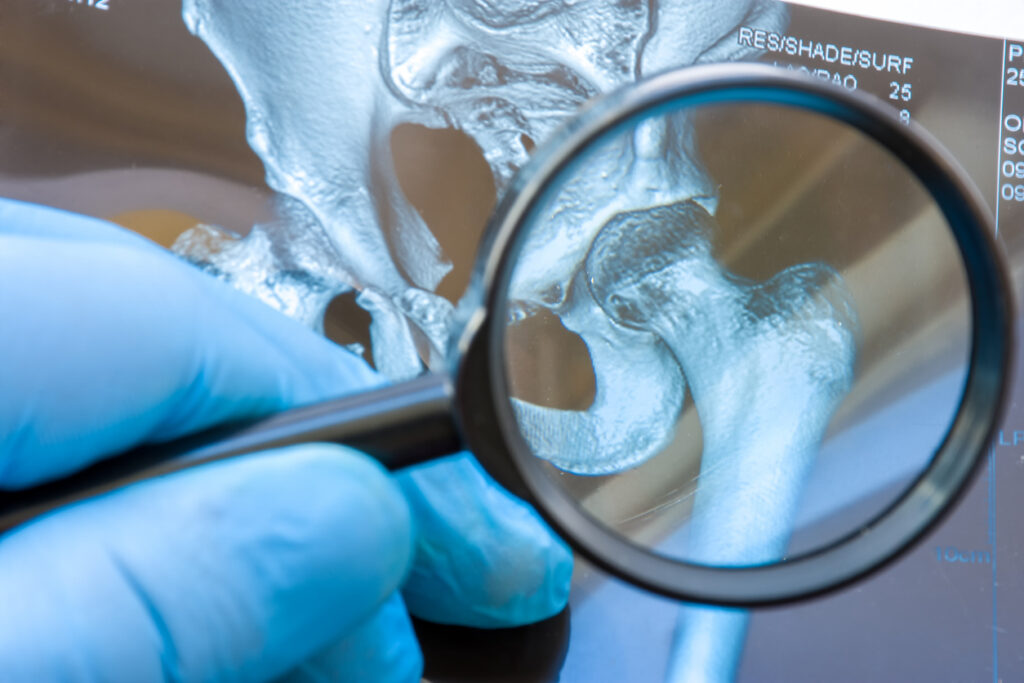Hip injuries are often more than just painful — they can be a sign of a serious underlying problem that affects mobility and joint health. One such issue is traumatic hip subluxation or dislocation, which occurs when the ball of the hip joint (the femoral head) is forced out of its normal position in the socket (acetabulum). These types of injuries often result from high-impact trauma, such as car accidents, falls, or sports-related collisions. Traumatic hip subluxation refers to a partial displacement of the femoral head, while a dislocation involves a complete separation. Both conditions can cause severe pain, immobility, and potentially long-term joint damage if not properly treated. In this comprehensive guide, we’ll explain what traumatic hip subluxation and dislocation are, explore their symptoms, provide information on how they are diagnosed, outline risk factors, and discuss available treatment options to help you recover and restore your hip health.

What Are Traumatic Hip Subluxation and Dislocation?
Traumatic hip subluxation and dislocation are both injuries that occur when the femoral head is displaced from the acetabulum. The main difference between the two is the extent of displacement. In a hip subluxation, the femoral head is partially displaced but still maintains some contact with the acetabulum. In contrast, a hip dislocation involves a complete separation of the femoral head from the socket, often resulting in more severe pain and a greater potential for joint damage. These injuries are typically caused by significant force or trauma, such as a car crash, a heavy fall, or contact sports injuries. In both cases, the force that displaces the femoral head can also lead to damage to the surrounding tissues, including ligaments, cartilage, and nerves, making timely diagnosis and treatment critical to preventing complications like arthritis or long-term instability.
Symptoms of Traumatic Hip Subluxation and Dislocation
The symptoms of traumatic hip subluxation and dislocation are often immediate and severe, affecting the ability to move the hip joint. Common symptoms include:
- Severe Hip Pain: Intense, often excruciating pain located in the hip area, which can radiate down to the groin, thigh, or knee. This pain is typically sharp or throbbing in nature and tends to worsen with any movement of the affected leg, making it difficult to perform even basic actions like standing or walking.
- Inability to Move the Hip: A complete loss of function in the affected hip joint, causing the individual to be unable to move the leg or bear any weight on it. This is often a result of extreme pain, instability in the joint, or the hip being out of place, which renders the leg immobile and unable to support the body’s weight.
- Visible Deformity: In severe cases of hip dislocation, the hip may appear visibly deformed, with the leg positioned in an abnormal, unnatural manner, often at an odd angle. This deformity can be alarming and is a clear sign of a serious injury requiring immediate medical attention.
- Swelling and Bruising: Rapid swelling around the hip joint and visible bruising can develop quickly after the injury, signaling trauma to the surrounding muscles, soft tissues, and blood vessels. The swelling may cause further discomfort and restrict movement, making it even more difficult to move the affected leg.
- Numbness or Tingling: If nerve damage occurs during the injury, the individual may experience numbness, tingling, or weakness in the affected leg. This can result from compression or stretching of nerves, leading to altered sensation and possible difficulty controlling leg movements, which can significantly impact mobility and function.

Diagnosing Traumatic Hip Subluxation and Dislocation
Diagnosing traumatic hip subluxation and dislocation requires a combination of physical examination and imaging tests. Your doctor will begin by assessing the hip’s position and range of motion, noting any deformities or abnormal positioning. For a suspected dislocation, the leg will typically be immobilized to prevent further injury while diagnostic imaging is performed. X-rays are the standard diagnostic tool to confirm dislocation, as they can show the extent of displacement and rule out fractures. In some cases, a Computed Tomography (CT) scan or Magnetic Resonance Imaging (MRI) may be ordered to assess soft tissue damage, such as torn ligaments, cartilage, or nerve involvement.
Risk Factors
Several factors can increase the risk of experiencing traumatic hip subluxation or dislocation. High-impact activities, such as contact sports, motor vehicle accidents, or falls from significant heights, are common causes of hip dislocations. Individuals who participate in sports like football, rugby, or skiing, or those who engage in extreme physical activities, may be more vulnerable due to the forceful nature of these movements. Pre-existing hip conditions, such as hip dysplasia (a malformation of the hip joint) or ligamentous laxity (looseness of the ligaments), can also make the hip joint more prone to dislocation. Age is another factor, as younger individuals, especially males, are more likely to experience traumatic dislocations due to their increased participation in high-risk activities. Additionally, previous hip injuries or surgeries may weaken the joint, raising the chances of subsequent dislocations or subluxations. Identifying these risk factors early on can help individuals take preventive measures to protect their hip health.

Treatment Options
The treatment for traumatic hip subluxation or dislocation depends on the severity of the injury and the specific needs of the patient. Consider the following common treatment approaches:
- Reduction and Immobilization: The first step in treatment typically involves a procedure known as a reduction, where a doctor manually repositions the femoral head back into the acetabulum. After this, the hip will be immobilized using a brace or splint to prevent further displacement while healing occurs.
- Pain Management: Medications, such as acetaminophen or nonsteroidal anti-inflammatory drugs (NSAIDs), can be prescribed to manage pain and reduce inflammation following the injury. In severe cases, stronger pain relievers or muscle relaxants may be necessary.
- Physical Therapy: After the hip is stabilized, physical therapy plays a critical role in rehabilitation. A therapist will guide you through exercises to strengthen the hip muscles, improve flexibility, and restore range of motion. This helps to prevent future dislocations and improve joint stability.
- Surgical Intervention: In cases where the dislocation is recurrent or accompanied by fractures or severe soft tissue damage, surgery may be required. This can involve repairing torn ligaments or cartilage or even replacing the hip joint if necessary.
- Lifestyle Modifications: To prevent future dislocations and improve joint function, it is important to maintain a healthy weight, engage in low-impact exercises, and avoid activities that place excessive stress on the hip joint.
Contact Us
Traumatic hip subluxation and dislocation are serious injuries that require prompt and effective treatment to ensure the best possible recovery and prevent long-term joint damage. At Peter Howard, M.D., we offer specialized care for hip injuries, including expert diagnosis and treatment options for traumatic hip dislocations and subluxations. If you have experienced a hip injury or are experiencing hip pain, don’t wait—schedule an appointment today to discuss your treatment options and take the first step toward restoring your hip health and mobility.


